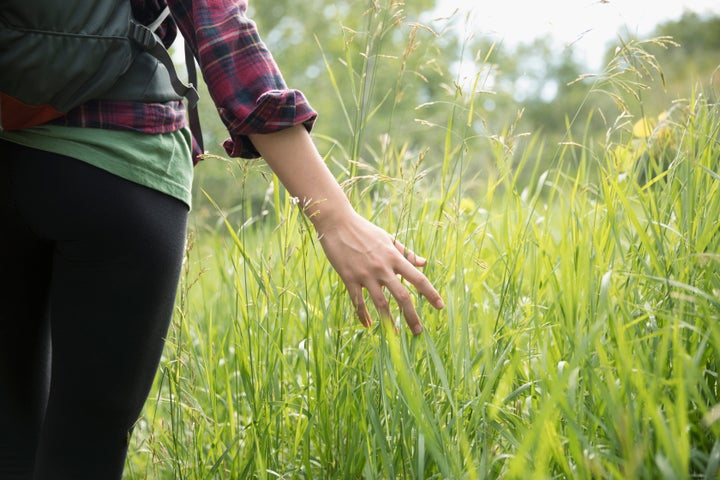It’s something many of us take for granted, but the simple act of walking has the power to transform both our physical and mental health.
The cheapest form of exercise you’ll find, walking doesn’t require specialist boots, trainers or fitness clothing. If you’ve got a pair of shoes that don’t rub, you’re ready.
Still need a little convincing? Read on to find out more about the proven benefits of putting one foot in front of the other, then prepare to discover your new favourite hobby.

What are the physical health benefits of walking?
Regular walking is proven to reduce your risk of multiple chronic illnesses, including heart disease, stroke, asthma, type 2 diabetes and some types of cancer, according to the NHS.
Personal trainer Dom Thorpe previously told HuffPost UK most of these benefits are due to the fact walking can help us maintain a healthy weight.
“Not only does it burn calories, primarily fat, helping you control your body weight, it also activates multiple muscles within your body to keep them functioning the way they were designed to,” he said.
What are the mental health benefits of walking?
All physical activity causes the body to release chemicals called endorphins, known to boost our happiness levels. But numerous studies have suggested walking in particular may alleviate symptoms of depression. Leading mental health charity Mind recommends trying to walk more for this reason, adding “being outdoors in nature can help lift your mood”.
As part of HuffPost UK’s ‘What Works For Me’ series, which asks people how they find balance in their lives, presenter Kate Humble said daily walks help her maintain a balanced state of mind.
“The curse of the middle aged woman is that you never sleep properly and when you don’t sleep properly, you tend to worry about things, things get out of perspective or out of proportion,” she said.
“One of the things I find about walking is that the things that have been bothering you in the middle of the night suddenly become much easier to deal with.”
How far do you need to walk to reap the benefits?
An investigation by BBC show The Truth About Getting Fit uncovered the time consuming target of 10,000 steps many of us aim for is not the holy grail of fitness.
It told the story of how, in the run up to the Tokyo Olympics in 1964, a company came up with a device they called a ‘manpo-kei’ – literally a 10,000 step metre. “That magical figure didn’t come as a result from rigorous scientific studies, but was the result of a clever marketing campaign,” presenter Michael Mosley explained in the show.
Upon conducting an experiment, Mosley and his team found completing three 10-minute sessions of brisk walking per day (equalling around 3,000 steps), known as ‘Active 10’ was linked to more health benefits than walking 10,000 slower steps per day.
The most recent study published in the British Journal of Sports Medicine found walking for just 10 minutes per week could reduce the risk of early death.
The study analysed data from more than 88,000 adults aged 40 to 85 years old between 1997 and 2008, and linked this with deaths registered until the end of 2011. Those who took part in 10 to 59 minutes per week of moderate activity – including walking – were found to have an 18% lower risk of death from any cause during the period studied, compared with those who were inactive.
How fast do you need to walk?
For walking to count towards your recommended level of physical activity, the NHS says you should walk at a pace that increases your breathing speed and heart rate. For this reason, Thorpe recommended hill walking or power walking to up the intensity.
“This can also be a great way to strengthen your legs and glutes, and get your heart rate up to ensure that your veins and arteries remain free of congestion, limiting the chances of heart attacks and strokes,” he explained. “This is due to the higher pressure blood flow being pumped around your body, much like a plumber unclogging blocked drains with a high pressure hose.”